Though it gives immense joy, a well-kept swimming pool requires ongoing upkeep to be safe, clean, and pleasant. Whether you want to update your maintenance routine or are a first-time pool owner, this article will help you manage your pool more effectively.
Regular cleaning is essential
Your pool’s comfort and safety depend on its cleanliness. Frequent cleaning helps to prevent the buildup of debris, algae, and bacteria. These are some major chores:
- Skim the surface daily: Use a pool skimmer to remove leaves, insects, and other garbage.
- Vacuum the pool weekly: Weekly pool vacuuming ensures a thorough cleaning by allowing the vacuum to reach the walls and bottom.
- Brush the walls and tiles: Using a pool brush, sweep the tiles and walls to prevent algae growth.
- Empty skimmer baskets: Skimmer baskets should be checked and drained on a regular basis to maintain water flow.
Balance the water chemistry
Maintaining the right chemical balance is critical for protecting the pool’s infrastructure and preventing waterborne infections. Important points of notice include:
- pH levels: A pH range of 7.2 to 7.6 is recommended. As needed, adjust with pH reducers or raises.
- Chlorine: Chlorine levels of 1.0 to 3.0 parts per million (ppm) will help to eradicate algae and bacteria.
- Alkalinity: To assist in maintaining pH levels, total alkalinity should be between 80 and 120 ppm.
- Calcium hardness: Maintaining levels between 200 and 400 ppm can help to protect your pool’s surfaces from calcium hardness.
Weekly, test your pool water using test strips or a water testing kit, and then make modifications.
Clean and maintain the pool filter
The pool filter is responsible for removing small amounts of garbage and keeping the water clear. Follow these maintenance instructions based on your filter type: sand, cartridge, or diatomaceous earth.
- Backwash sand or DE filters: Filters when the pressure gauge reads 8-10 psi above the average range.
- Clean cartridge filters: Rinse cartridge filters with a hose and occasionally immerse them in cleaning solution.
- Inspect for wear and tear: Examine filters for wear and tear, and replace them if they exhibit signs of damage or decreased performance.
Monitor and maintain water levels
Your pool’s water level should be halfway up the skimmer entrance. Too low, the pump may run dry; too high, the skimmer may not function properly. Add or drain water to adjust water levels after heavy rain or excessive evaporation.
Understand when to drain your pool
Draining a pool is not a frequent chore, but it is essential in some instances, such as extensive repairs, dealing with serious contamination, or replacing old water. Use a detailed, step-by-step tutorial to safely empty a pool so that neither the surroundings nor the pool itself are damaged. More detailed instructions can be found throughout this tutorial.
Winterise your pool properly
If you live in a colder climate, winterizing your pool is critical to keeping it safe from freezing temperatures. Here’s what you need to do:
- Clean thoroughly: Remove all debris and scrub surfaces.
- Balance the water: Water can be balanced by adjusting the pH, chlorine, and other chemicals.
- Lower the water level: Reducing the water level below the skimmer and pool fittings can help prevent freezing damage.
- Cover the pool: To maintain water quality and keep rubbish out. Select a robust cover.
Use a pool cover year-round
Pool coverings serve uses other than just winter. Covering can reduce evaporation, keep garbage out, and maintain a steady water temperature. Solar covers help to maintain heat while also saving money on energy.
Tips to save time and effort
Although maintaining a pool might take time, the following tips will help you manage it:
- Invest in an automatic pool cleaner: Invest in an automatic pool cleaner; these devices will clean the pool while you focus on other tasks.
- Use a pool care schedule: Follow a pool maintenance schedule. To stay organized, create a weekly or monthly checklist.
- Hire a professional service: If you just have a limited amount of time, experienced pool maintenance can help.
Your pool’s water level should be halfway up the skimmer entrance. Too low, the pump may run dry; too high, the skimmer may not function properly. Add or drain water to adjust water levels after heavy rain or excessive evaporation.
Final thoughts
When a pool is properly maintained, owning it is a rewarding experience. These rules will assist you in maintaining a safe, clean, and enjoyable pool for all. The foundation of a well-kept swimming pool is regular cleaning, chemical balancing, and proper equipment maintenance. Spending time maintaining your pool will provide years of fun and satisfaction.

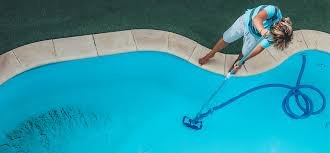
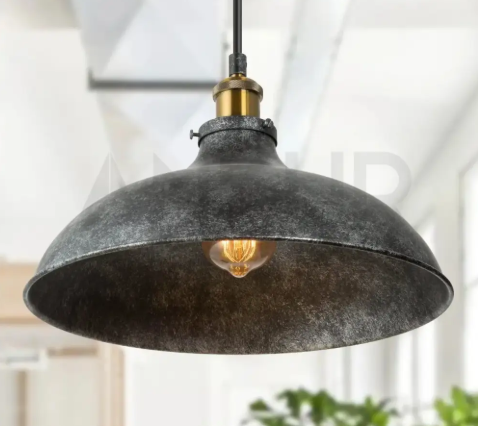



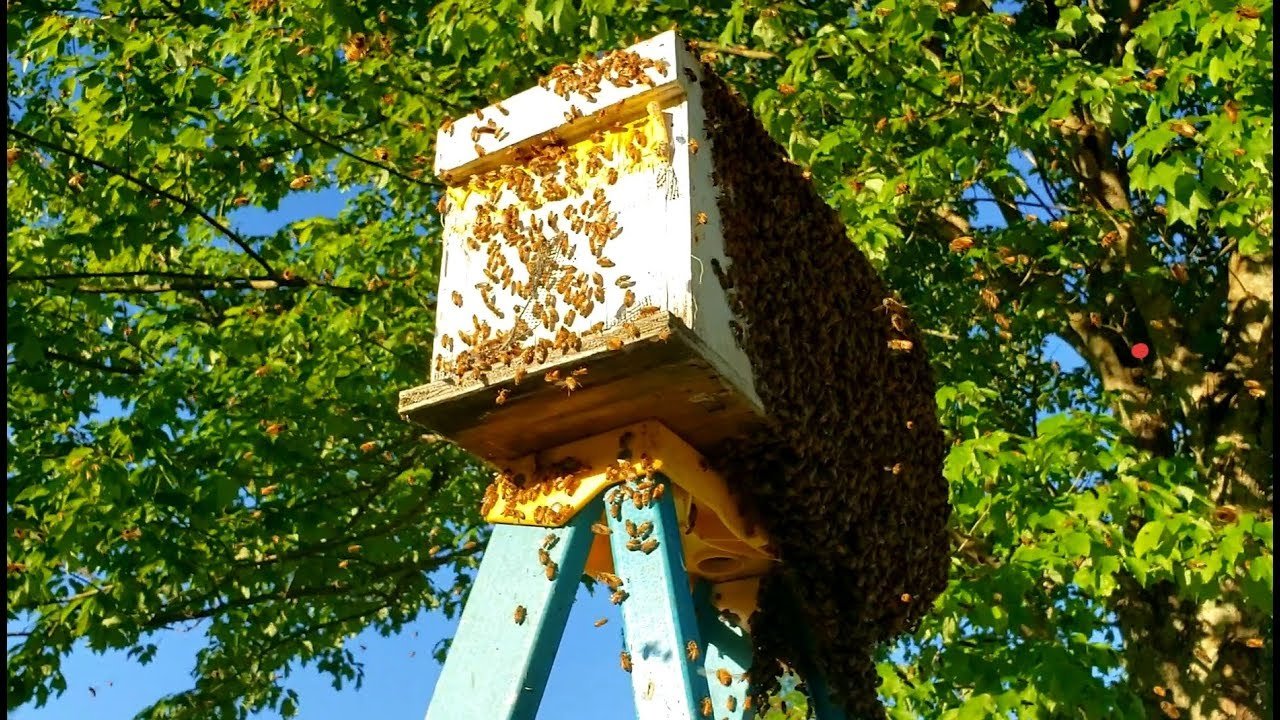
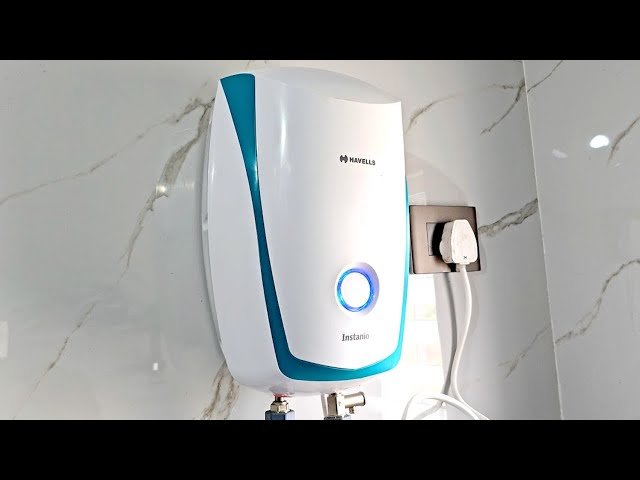
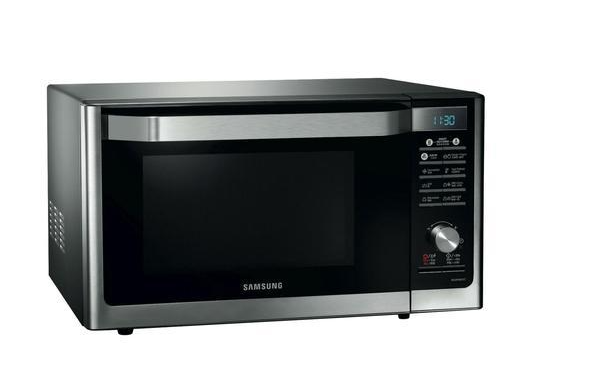




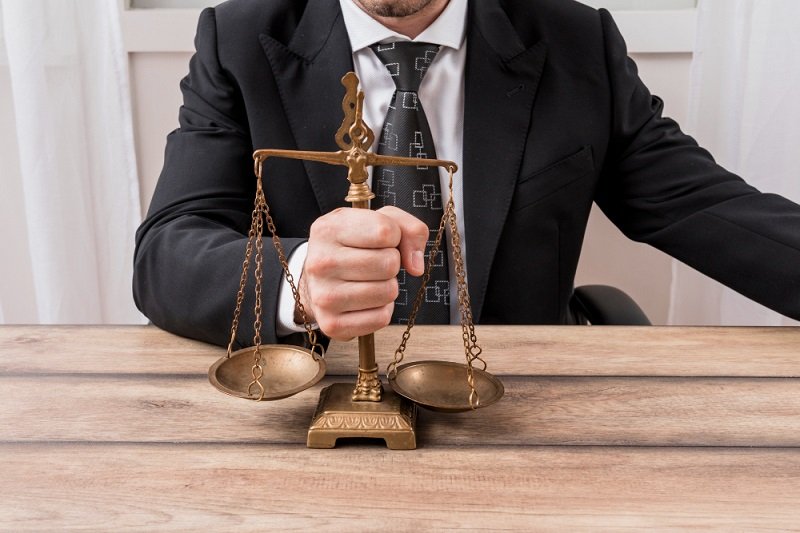

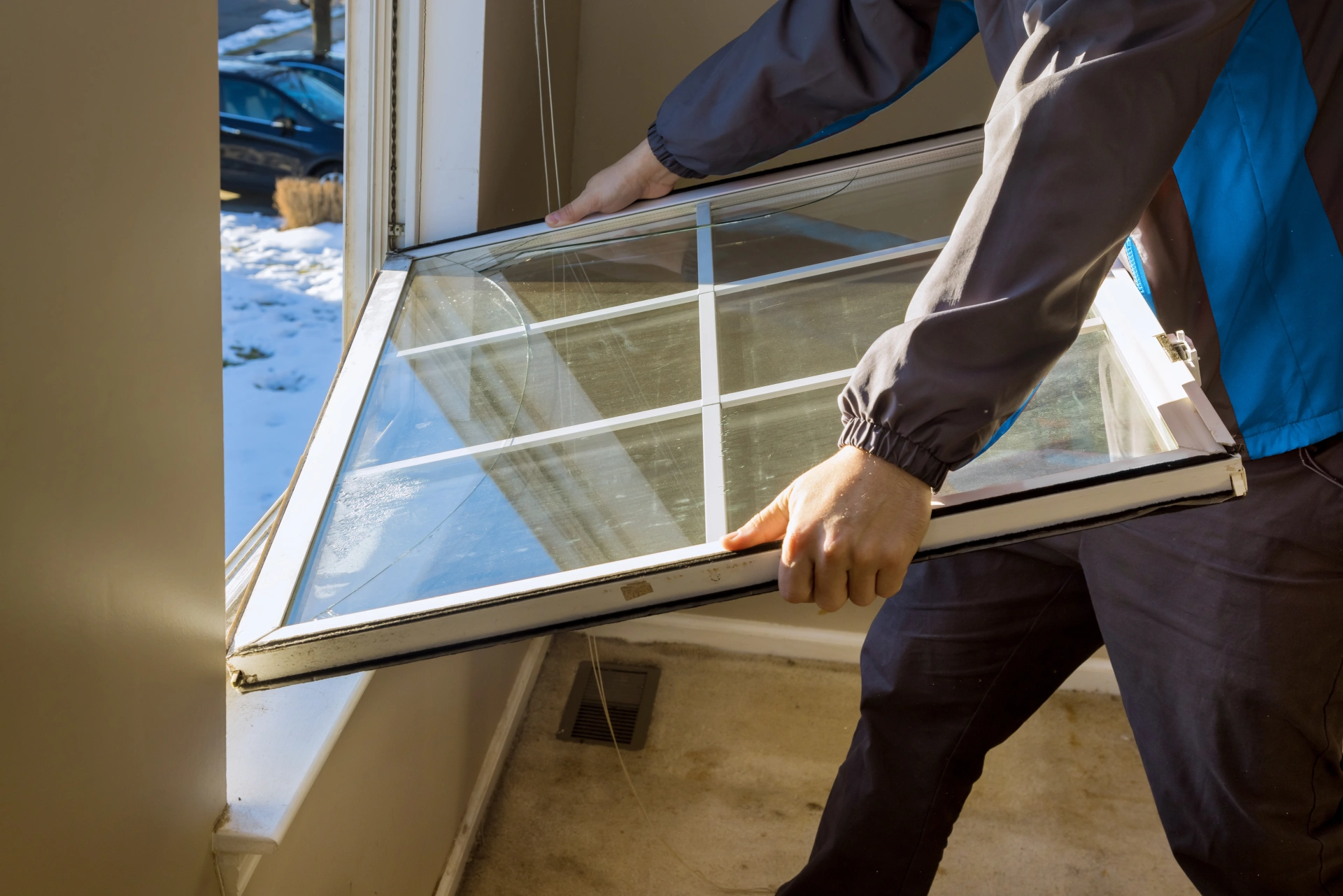
Leave a Reply